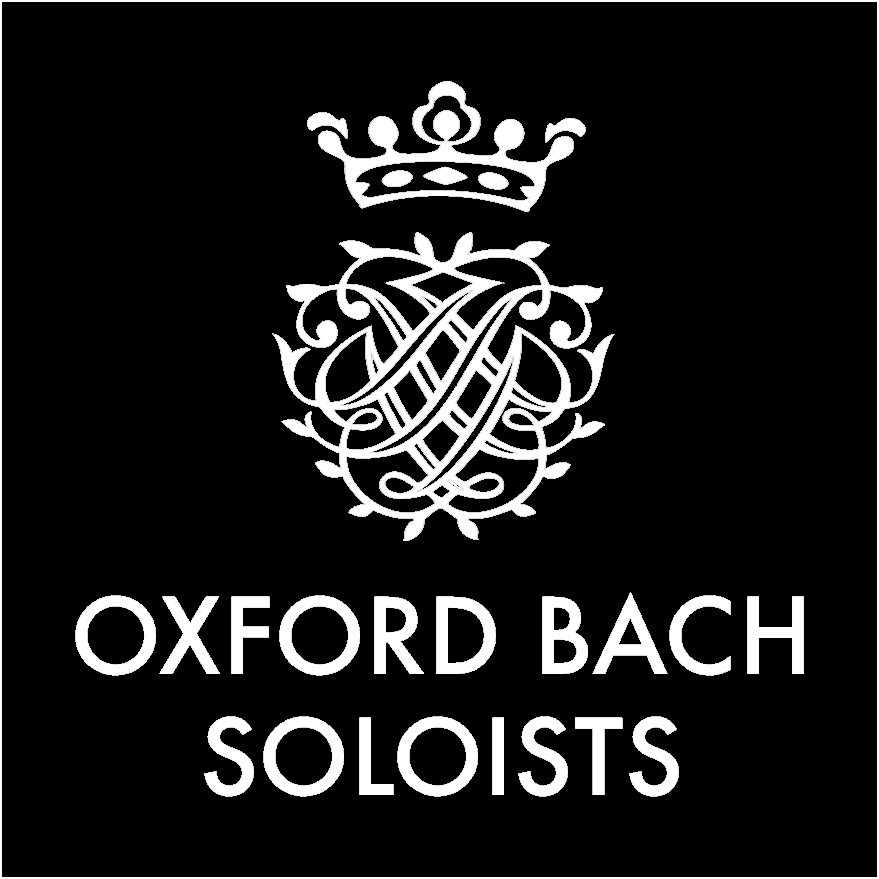Coming up in November from the Oxford Bach Soloists is a concert featuring music by Vivaldi, Bach and Mozart. One of the highlights will be Vivaldi’s glorious setting of the Magnificat. We find out more…

Vivaldi
Bach’s popular and wonderful Magnificat often overshadows other settings by his contemporaries. Yet Vivaldi also wrote a glorious setting of this text for the girls voices of the Ospedale della Pietà in Venice.
As both priest and musical director il Prete rosso (the red priest), as he was also known, must have had some exceptional musical resources at his fingertips to be able to create a work of charisma and technical demand.
Vivaldi actually wrote at least four versions of the Magnificat each using the basic resources of chorus, strings and continuo. This was probably due to the changing resources available from year to year at the Ospidale. It all began with the ‘original’ version composed before 1717 for single choir. Soon after there was a version featuring 2 sopranos, one alto and one tenor soloist. But by the late 1720s he rearranged the vocal parts again – this time for double choir. And by the late 1730s some of the sections for solo voices were replaced by five new arias.

Ospedale della Pietà
The Ospedale della Pietà was a sort of convent, orphanage and music school all rolled into one. It was established in the 14th century by a group of hospitable nuns – the Consorelle di Santa Maria dell’Umiltà. But by Vivaldi’s day it was a well established institution alongside three other charitable Venetian Ospidale Grandi which were all renowned across Europe for their all-female musical voices and ensembles.
And although Bach and Vivaldi probably never met, these two composers are inextricably linked together through Bach’s transcriptions of some of Vivaldi’s concertos for keyboard. One of these is included in this concert with Bach’s A minor Organ Concerto which is a reworking of Vivaldi’s Concerto for 2 violins.

Bach’s Organ at Arnstadt
This concert also features Bach’s very first church cantata which he composed in Arnstadt. The much restored organ is still there in the so called ‘Bach Church’ to this day (above). Brahms was sufficiently impressed by this astonishing work that he used the Chaconne as the basis for the finale of his fourth symphony.

The Visitation by Jacques Daret
The other work in the programme is Mozart’s Offertory for the Salzburg Court, composed for the feast of St John the Baptist in 1771. The Gospel of Luke records the Visitation of Mary, pregnant with Jesus to her relative, Elizabeth, pregnant with John the Baptist.
Among those born of woman none greater than John the Baptist has risen. Behold the lamb of God, who takes away the sins of the world. Alleluia.
MAGNIFICAT!
Sunday 19 November 3.15pm
New College Chapel, Holywell Street, Oxford, OX1 3BN
Vivaldi:
Magnificat RV 610
JS Bach:
Organ Concerto in A minor BWV 593 (after Vivaldi RV 522)
JS Bach:
Cantata: Nach dir, Herr, verlanget mich (For Thee, O Lord, I long) BWV 150
Mozart:
Offertory: Inter natos mulierum (Among those born of women) K 72


